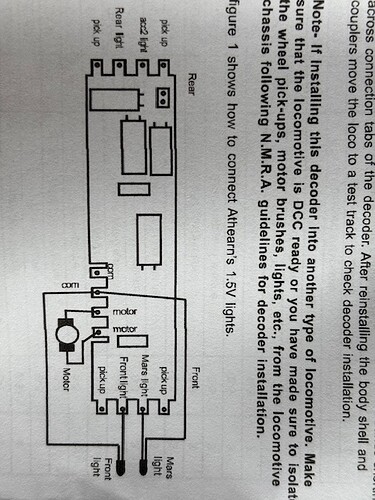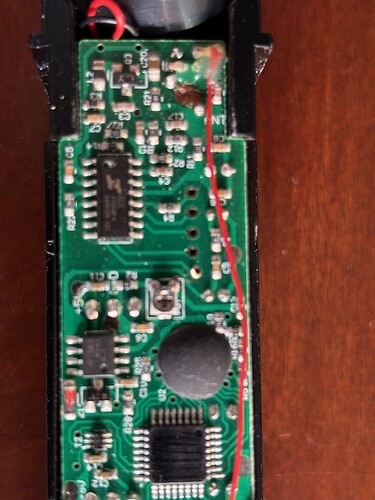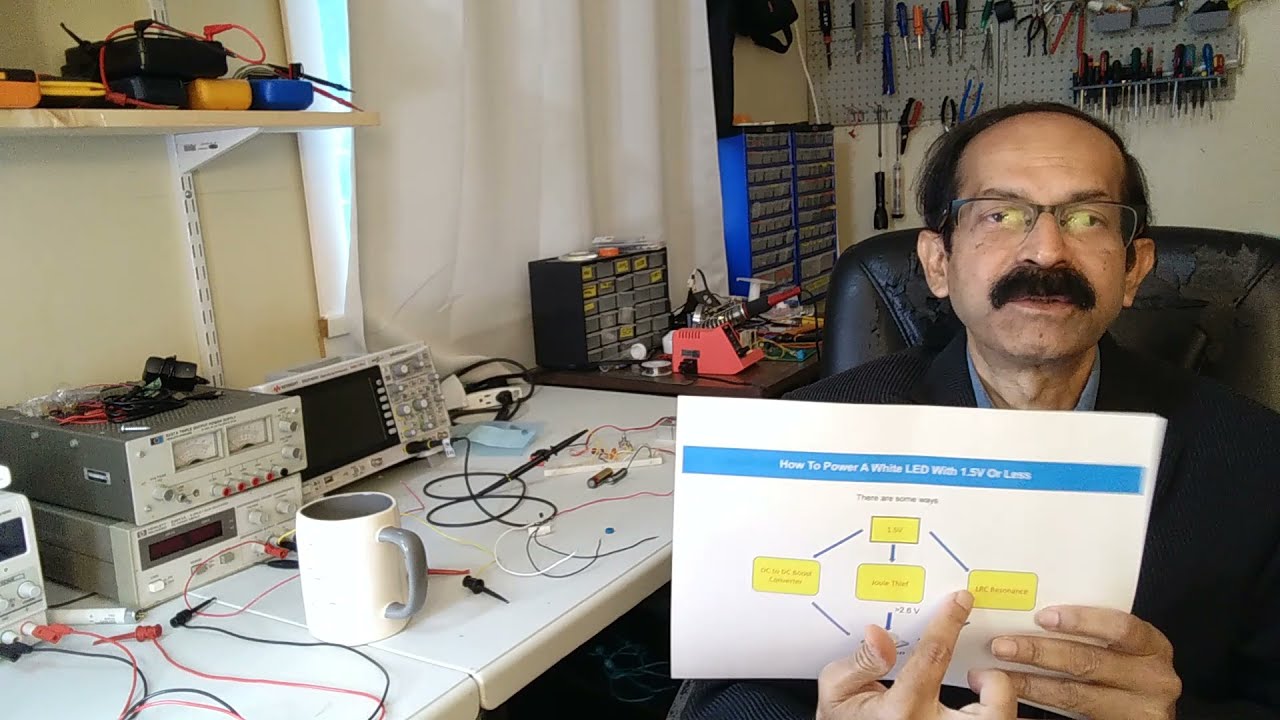I had to replace the factory headlight on two Athearn Genesis DCC F3As. I bought new headlights from Scale Sound Systems and Evans Design, but despite hooking up the bulbs’ two wires to the same contacts on the loco as the factory headlight, they do not light. The bulbs do light when I test them on the track. Any ideas?
DM, just to be clear, these are bulbs and not LED’s? Because if they are LED’s polarity matters and maybe you just need to swap connections.
Regards, Chris
Chris, they are LEDs. I’m fairly certain I tried them all ways, but maybe not. It’s been a few months since I was trying to install them. Thanks for the information! ~ Dave
Keep in mind that if they were LEDs and you tried them the wrong ‘different ways’ you may have let out the magic smoke and converted them into DEDs…
I use a typical coin cell like a CR2025 or CR2032 as a simple test device. It should light on that, albeit perhaps dimly, but not blow.
You have likely wired the LEDs to 1.5V function outputs. There is most likely a 12V or 14V tab on the decoder or, perhaps, a 12V or 14V “donut” hole to insert one of the LED wires. Can you post a photo of the decoder?
Rich
Because the older Athearn Genesis lights were 1.5V incandescent bulbs, the function output tab for the headlight was 1.5V. That is insufficient power to light an LED. So, you need a 12V source for the LED. And, you need to add a resistor to one leg of the LED to protect it. On some decoders, there is a built-in resistor. So, you also need to check that.
Rich
Thanks, Rich. The LEDs came with resistors, but I’m not sure that there’s a 12V source. I think I tried various combinations of output tabs and got nothing.
Post a photo of that decoder
I’m thinking that there is a 12V donut hole
Rich, the LEDs run perfectly well at low voltage; in fact they are destroyed at comparatively low voltage, too – certainly if you hook them to 12VDC. The built-in resistors when present are intended to prevent this.
My experience says differently. With resistor attached, there was no visible light on the LED when wired to the 1.5V light function output tab. When I moved the connection to the 14V donut hole, it lit just fine.
Rich
Sorry, I meant I’m not sure the loco has a 12V source. If it does, where is it? Below is a photo of the circuit board. Also, the owner’s guide that came with the loco indicates “use only 1.5 volt, 12-15 m.a. bulbs as replacements.”
That is a reference to “bulbs” meaning incandescent. If you are replacing the Athearn 1.5V incandescent and you use a higher voltage incandescent (e.g. 12 volt), you will blow the function output tab. So, if you replace the incandescent with an LED, resistored for protection, it won’t light as intended on the 1.5 light function output tab.
The Genesis locomotives used various Soundtraxx decoders over time, so you need to identify the decoder. That diagram is not a photo. Can you shoot a photo of the decoder?
Rich
Somewhat helpful, but not definitive. Can you photo the rear end of that decoder?
Rich
OK, great, that helped.
I did not recognize the decoder as a Soundtraxx which has been the go-to series of decoders used by Athearn Genesis in recent years. And, I don’t readily see a higher voltage tab or donut hole.
I went back and looked at your May thread and now I see that the seller told you that it is an MRC Drop-In decoder. From a reading of the owner’s manual, it is not clear if provision is made for a higher voltage power source since the decoder is designed to accommodate the old 1.5V Athearn incandescent bulbs.
You mention in your initial post to this thread that “the bulbs do light when I test them on the track”. I presume that you meant the LEDs, not the incandescent bulbs. That tells me that the LEDs are looking for a higher voltage such as 15V DCC power.
What I would do at this point is power up the locomotive on the track and use a volt meter to search for a 12V or 14V source somewhere on the decoder such as a donut hole or brass pad. If you can’t find one, your only recourse may be a different sound decoder with provision for the higher voltage requirements of a resistored LED.
I do have one further thought and that is whether you can borrow track power to light the LED. I have never tried that but that may be a possible solution.
Rich
Thanks for the replies, Rich, very helpful.
Any luck with getting those lights lit?
Rich



